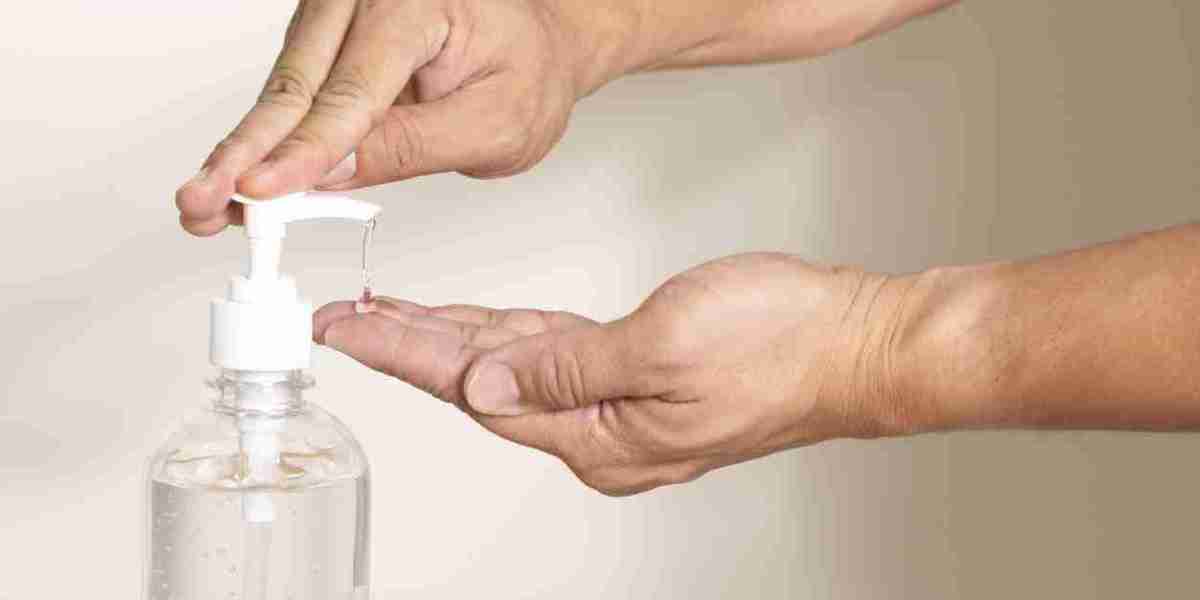The antiseptic and disinfectant market has witnessed significant growth in recent years, fueled by an increased focus on hygiene, infection control, and public health, particularly in the wake of global health crises like the COVID-19 pandemic. However, amid the rapid market expansion, regulatory challenges have emerged as a major restraint, slowing down the development and distribution of new products. The complex regulatory frameworks, delays in product approval processes, and stringent safety standards are creating significant barriers for companies aiming to introduce innovative antiseptic and disinfectant solutions to the market.
In this article, we will explore how regulatory delays and difficult approval processes are impacting the antiseptic and disinfectant market, the challenges that manufacturers face, and the potential strategies they can employ to navigate these obstacles.
Complex Regulatory Frameworks in the Antiseptic and Disinfectant Market
The antiseptic and disinfectant market is governed by a wide array of regulations aimed at ensuring the safety and effectiveness of these products. These regulations vary across regions and countries, with different standards set by agencies such as the U.S. Environmental Protection Agency (EPA), the Food and Drug Administration (FDA), the European Medicines Agency (EMA), and other national regulatory bodies. While these regulations are essential for ensuring public safety, they can also present significant hurdles for manufacturers.
Safety and Efficacy Requirements: Disinfectants and antiseptics must undergo rigorous testing to prove their safety and efficacy before they can be marketed to consumers. For example, the FDA requires that certain antiseptic products, particularly those used in healthcare settings, meet specific safety standards and undergo clinical trials to demonstrate their effectiveness against a range of pathogens. Similarly, disinfectant products used in hospitals and other high-risk environments must be evaluated for their ability to eliminate harmful microbes, including viruses, bacteria, and fungi.
Approval Process for New Ingredients: The introduction of new ingredients or formulations to the antiseptic and disinfectant market requires thorough evaluation by regulatory bodies. Novel chemical compounds or natural ingredients often face extended approval timelines as regulatory agencies conduct extensive reviews to assess their safety profiles. If new ingredients are found to have potential safety concerns or lack sufficient scientific evidence of efficacy, the approval process can be delayed or even rejected, limiting market access.
Regional Variations: Regulatory requirements vary significantly across different regions, creating additional complexity for manufacturers aiming to introduce their products internationally. A product that meets approval in one country may not necessarily meet the requirements of another, leading to delays in market entry, the need for additional testing, and increased costs. Navigating these regional differences requires companies to invest significant resources in compliance efforts, further slowing down product availability.
The Impact of Regulatory Delays on Product Launches
Regulatory delays can significantly impact the timeline for product launches in the antiseptic and disinfectant market. In an industry driven by the need for innovation and rapid response to health threats, the inability to quickly bring new products to market can place companies at a competitive disadvantage.
Missed Market Opportunities: In times of crisis, such as during a pandemic, there is an urgent demand for new disinfectant products to address evolving health threats. Delays in regulatory approvals can result in missed opportunities, preventing manufacturers from capitalizing on the demand for new products. For instance, during the early days of the COVID-19 pandemic, several companies struggled to quickly launch disinfectants due to extended approval processes and regulatory hurdles. As a result, established brands with pre-approved products were able to dominate the market, leaving new entrants at a disadvantage.
Increased Costs: The process of securing regulatory approval is costly. Companies must invest in comprehensive clinical trials, toxicology studies, and safety assessments to meet the requirements of regulatory bodies. These studies can be time-consuming and expensive, often stretching over several months or even years. Additionally, ongoing compliance with changing regulations can incur continuous costs for manufacturers. Regulatory delays only add to these financial burdens, especially when products are delayed from entering the market as planned.
Impact on Innovation: While regulatory oversight is necessary to ensure product safety, the extensive approval process can stifle innovation in the antiseptic and disinfectant market. Companies may be discouraged from investing in new technologies or formulations if the approval process is perceived as too cumbersome, lengthy, or uncertain. This results in a lack of innovation and slows the overall progress of the industry, limiting the availability of new and improved products that could better meet the needs of consumers.
Challenges Faced by Manufacturers
Manufacturers of antiseptics and disinfectants face several specific challenges related to regulatory delays and the difficulty of obtaining product approvals:
Adapting to Changing Regulations: Regulations in the antiseptic and disinfectant market are not static; they evolve in response to new scientific data, emerging health threats, and shifting public health priorities. Manufacturers must constantly adapt to these changes, which can be particularly challenging when new standards are introduced after a product has already been developed or tested. This can result in costly reformulations, retesting, and delays in time-to-market.
Compliance Burden: For companies operating internationally, ensuring compliance with multiple regulatory bodies across different regions can be a complex and resource-intensive task. Manufacturers need to navigate the specific requirements of each jurisdiction to avoid costly penalties or delays. This can be especially challenging for smaller companies or startups with limited resources.
Regulatory Backlog: In certain regions, regulatory agencies may be overwhelmed with the volume of applications for new products, resulting in significant backlogs in the approval process. This has been particularly evident in the wake of the COVID-19 pandemic, when the demand for disinfectants and antiseptics surged. The increase in product submissions, coupled with limited agency resources, has led to extended delays in approval timelines, exacerbating challenges for manufacturers.
Navigating Regulatory Challenges: Strategies for Manufacturers
To overcome the challenges posed by regulatory delays, manufacturers of antiseptics and disinfectants can adopt several strategies:
Early Engagement with Regulatory Bodies: Engaging with regulatory agencies early in the product development process can help identify potential obstacles and clarify requirements. This proactive approach can help companies anticipate regulatory challenges and streamline the approval process.
Investing in Regulatory Expertise: Manufacturers can benefit from hiring or partnering with regulatory experts who understand the complexities of the approval process in different regions. These experts can help navigate regulatory requirements, optimize approval timelines, and ensure compliance with all applicable standards.
Expedited Pathways: Some regulatory bodies offer expedited approval pathways for products that meet certain criteria, such as those intended for use in emergency situations. Manufacturers should explore these options to speed up the approval process, especially in response to urgent public health needs.
Conclusion
While the antiseptic and disinfectant market continues to grow, regulatory delays and challenges in the product approval process are emerging as significant restraints. Manufacturers must navigate complex, region-specific regulations, adhere to stringent safety and efficacy standards, and manage the costs associated with obtaining approvals. However, by adopting proactive strategies, investing in regulatory expertise, and engaging early with regulatory agencies, companies can mitigate these challenges and bring innovative products to market more efficiently. Overcoming regulatory barriers will be essential for the continued growth and evolution of the antiseptic and disinfectant market.




